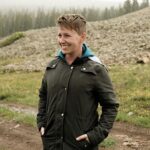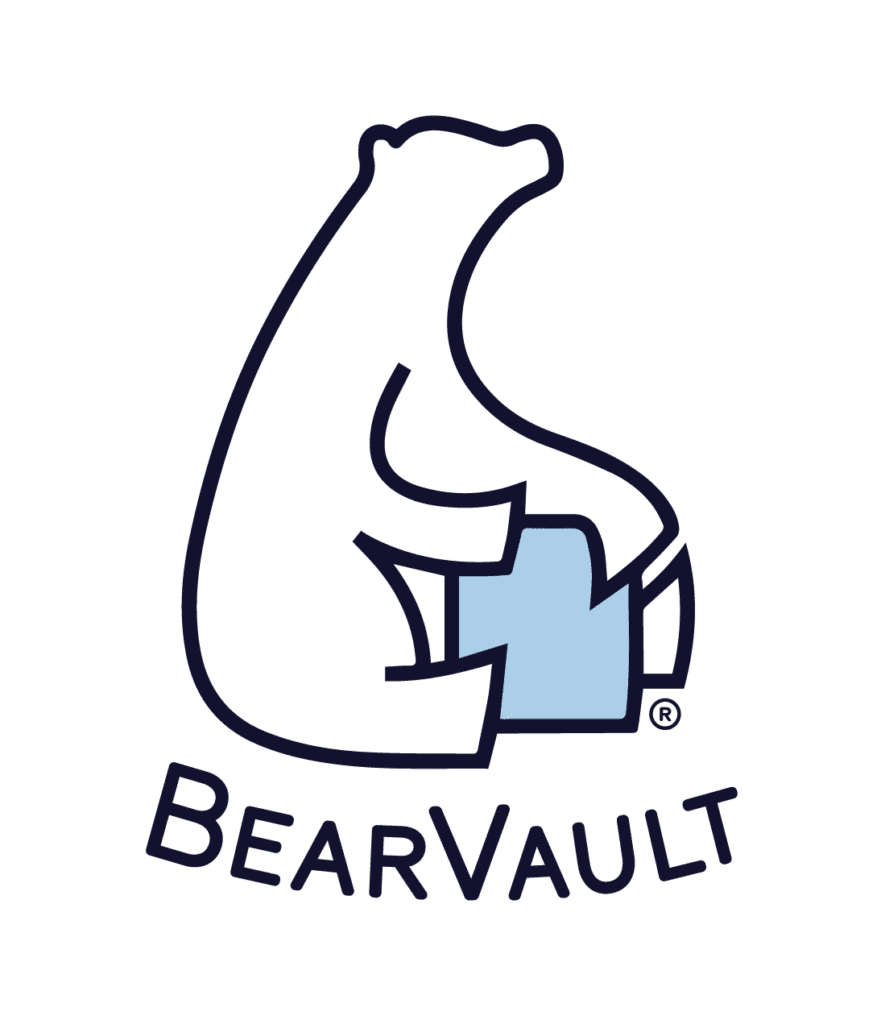3 Steps to Responsible Geotagging – How To Do It If You So Choose
In the great geotagging debate, it’s important to take the time to understand each side.
Maybe you’re coming into this article with no opinions on the topic. Shoot, you may not even have a frame of reference. There’s a debate, you say? I had no idea! Well then, you’re in the right place.
Let’s talk geotagging – what it is, why it’s controversial, and how to use it intentionally if you decide that’s best.

What is Geotagging?
Geotagging is the process of including location information to various forms of media. Everything from videos, to SMS messages, to QR codes can be “tagged” to a geographical location. That location information can include lines of latitude and longitude, a place name, elevation details… It’s actually a broad term!
Modern camera phones and some digital cameras can collect the information automatically if location services are turned on and available. Users can also add the information themselves later when publishing the image.
Put simply, it’s the little red pin on Instagram posts that lets viewers know where the picture was taken.

An example of a geotagged Instagram post.
How Geotagging Became a Big Ugly Fight
It’s an old one, but it still manages to make people passionately advocate for one side or the other. The history with geotagging nature pictures goes back to pretty much the moment Instagram rolled out its location tagging option. Now each platform has their own version of sharing an image or video’s location and people sure do have opinions about whether or not you should be using it.
What really spurred it on in the beginning was that posts with geotags got roughly 79% more engagement. Influencers, obviously, noticed that. It was a no-brainer. Geotag your posts to grow your audience!
An Statista travel survey in 2017 revealed that 36.5% of Americans were influenced by social media when booking vacations. In 2018, the National Park Service reported yet another record number of visitors, continuing a multi-year upward trend.
The overcrowding of the following years, addition of more destinations to the lottery permitting system, and limited entrance to some parks has been hard to swallow for some. And so, an on-line back and forth of pro and anti-geotagging began.
Founders for various outdoor groups made statements about where they stood on the issue. Organizations published blogs, faced backlash, and deleted posts. Influencers re-evaluated their habits and either doubled down or shifted to a more nuanced presentation… or switched sides entirely.
It was ugly for a while.

Can 2 Things be True at Once?
The first time I went snowboarding was at Monarch Mountain in Colorado. It was like being in another world, a winter wonderland, quieter than anything I’d ever experienced. I’d never seen so much snow in my life! We were always lucky to get enough snow to sled down the side of overpasses in Oklahoma.
But I saw so many children skiing. There were toddlers on the bunny hill, older kids whizzing past me all day… there was even a baby riding down on its dad’s back! They were growing up knowing all about the sport.
My own kids know camping, swimming in lakes, and going on long hikes. But for people who never had these types of experiences growing up, knowing where to go and what to do has to start somewhere.
A lot of time, that’s on social media.
The Outdoors is for Everyone
Using geotags gives new people glimpses of places they would never otherwise know about. And, if you’re intentional, it gives you the chance to share your hard earned knowledge.
When you’ve found and set up the perfect backcountry campsite – one with plenty of visibility and no sign of bears – you should totally snap that gorgeous pic. You can even go ahead and take down the coordinates too, so your audience can go enjoy that particular site on their next adventure.

There’s nothing quite like a great campsite.
A viral blog post by Danielle Williams, founder of Melanin Basecamp, said “the #nogeotag movement is a form of gatekeeping, or elitism. It involves individuals—usually those unaffected by structural racism and privileged to have grown up hiking and camping—asserting their self proclaimed authority over who should and shouldn’t be allowed into certain outdoor spaces.”
Geotagging for good seems like an honorable goal. An obvious one, even. It’s a chance to share your expertise and offer access to people with less institutional knowledge about the outdoors. So, why is there even a #nogeotag movement in the first place?
Well, that’s where the nuance and tension of a second truth comes into play.
Geotagging is Affecting Nature & Communities
This second truth is that over-tourism has become an issue in popular destinations. It’s led to fields of trampled wildflowers, erosion on sandstone trails, and even the death of beloved wildlife from overfeeding.
Managing natural places has become something of a nightmare. Evidence is easily found in the ways some National Parks and certain campgrounds have leaned harder into the lottery system to manage reservations. Drawings can happen 18+ months in advance because everyone wants a chance at that one spot that went viral!
There’s no denying the impact that travel influencers have had on certain regions. Even nearby towns of the famous California poppy blooms struggle during wildflower season. Lake Elsinore city officials say “Disneyland-sized crowds” of flower fans caused chaos for residents in 2019. In the first weekend, over 105 thousand Instagram posts used #superbloom, and many were geotagged.
There may be no way to prove it with verifiable data… but it’s not far-fetched to believe that someone likely saw one of those poppy posts and made plans for the following spring. They knew exactly where they wanted to go. That’s the power of the geotag.
So What Do We Do With Geotagging?
Faced with these two truths, it can feel like there’s just no winning. If you’re concerned about what other people think, you’re definitely in a lose-lose situation.
Weighing intent up against impact could yield some clarity.
In spite of what some might want you to think, the first doesn’t outweigh the second. We can’t go through life simply thinking that, as long as our intentions are pure, whatever happens next isn’t our fault. The impact of our actions matter and they happen regardless of what we intend.
At the same time, it’s crucial to examine our intentions and see whether they ARE ethical! There’s simply no defending any desire we may feel to either hoard knowledge or act carelessly with a beautiful location. Intents that are negative undermine potential positive impact.
So evaluate your intent when it comes to the issue of geotagging. Then weigh the impact of your decision and do the work to make it as positive as possible!

A field of wildflowers in Congaree National Park
How To Geotag Responsibly (if you so choose)
The choice is certainly yours to make, according to your own values and priorities. If that leads you to share your expertise in the form of geotags, there are some ways you can help mitigate any harm by geotagging responsibly.
1. Showcase responsible recreation.
Your pictures and videos are great ways to demonstrate how to enjoy nature and maintain it for future adventurers. Use proper food storage and showcase it so your audience knows what it looks like to enjoy bear country safely.
2. Pair your images with educational headings.
Instead of just posting a gorgeous picture of your set-up, share what you love about the location and specific ways you maintained it. It’s a great place to talk about issues the area is facing, like pollinator rehabilitation or bear behavior management.
3. Go easy on the filters.
The Insta-vs-Reality joke is founded in the fact that many travel images and videos are so enhanced they’re almost unrecognizable. Keeping yours on the realistic side will manage expectations and prevent over-hyping a location to its detriment.

Using proper food storage is a huge part of recreating responsibly.
Many Hands Make Light Work
Sharing knowledge and protecting nature are missions that require all hands on deck. I’m not going to change the landscape of this issue alone and neither are you. But if the outdoor community can come together, we’ll be well on our way to a more equitable and well-maintained future.
Author Profile

Jessica Cockroft
Jess merges her passion for words and an insatiable longing for adventure as an outdoor freelance content writer and marketer. When she’s not busy stringing words together you’ll probably find her planning another camping trip for her crew of kids or taking care of the homestead. You can find her on LinkedIn and Instagram, as well as on her own website.




